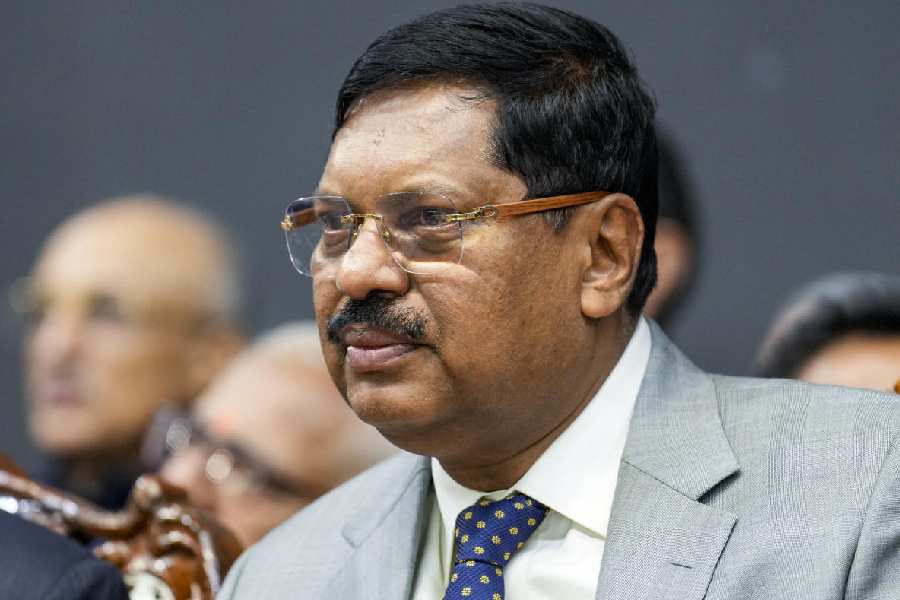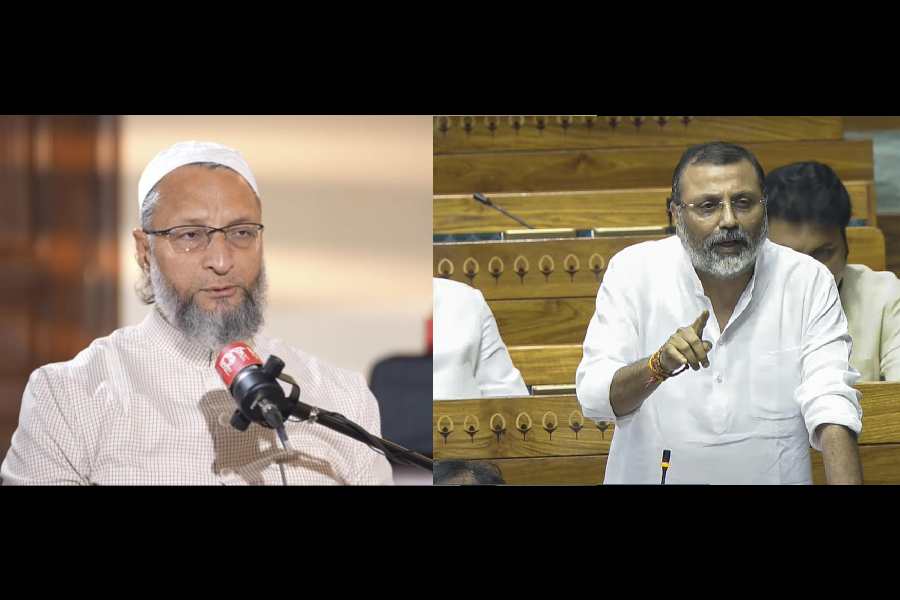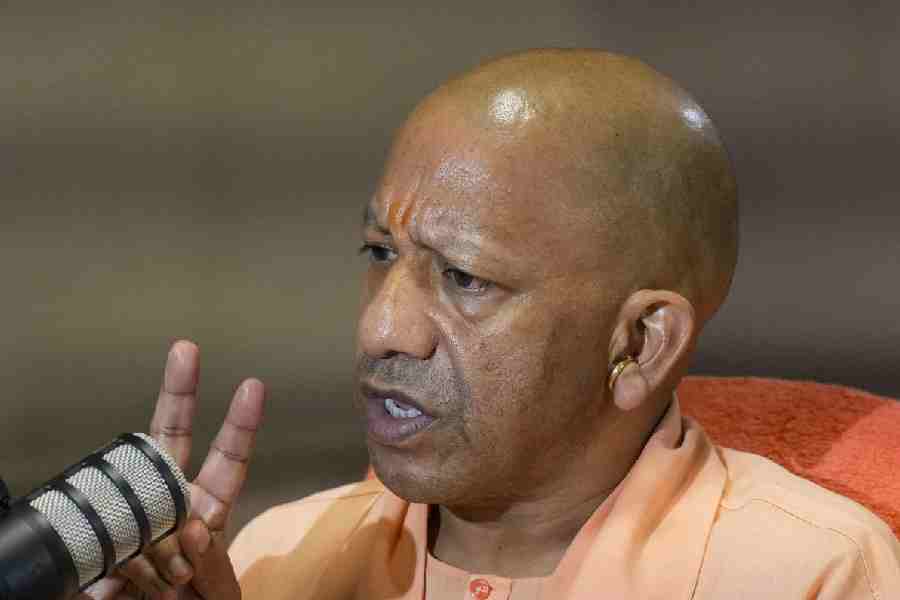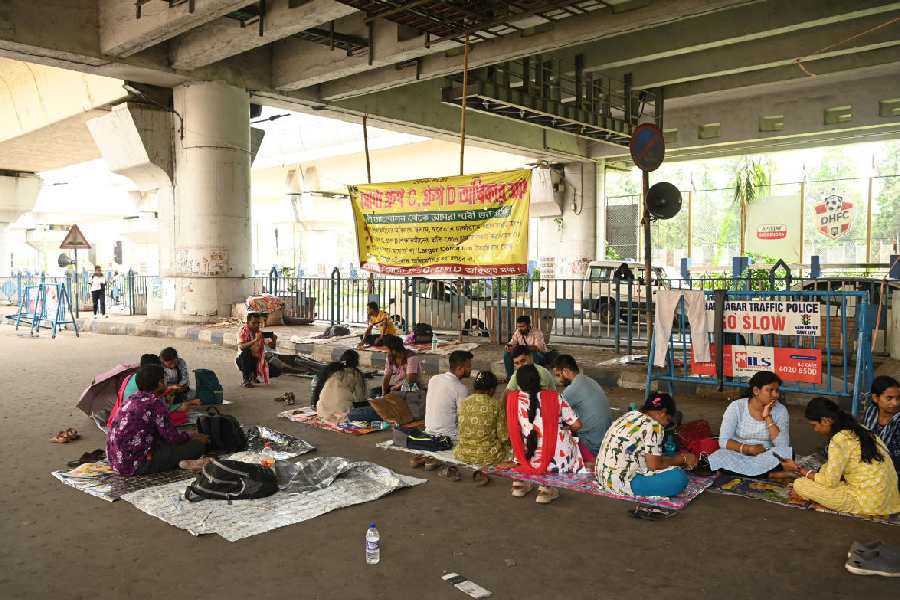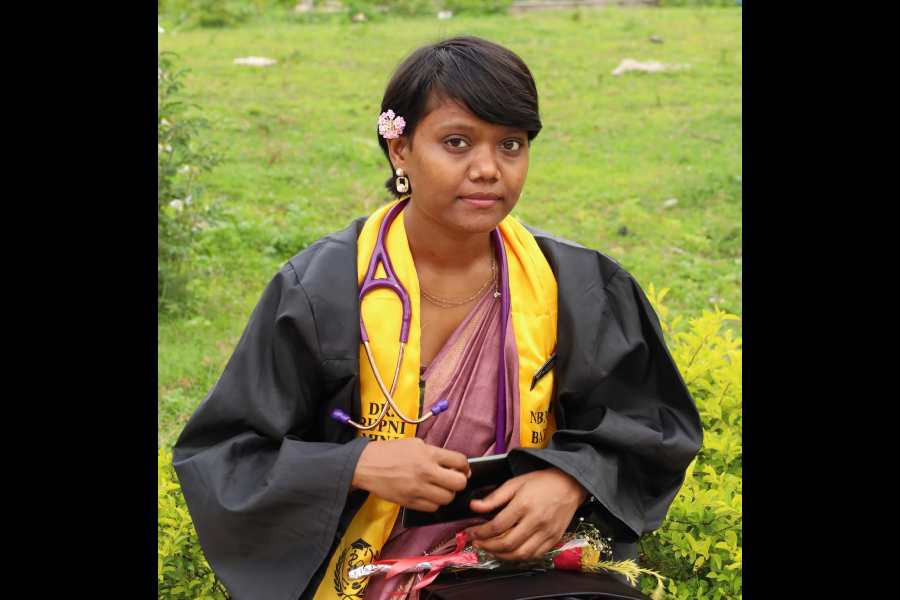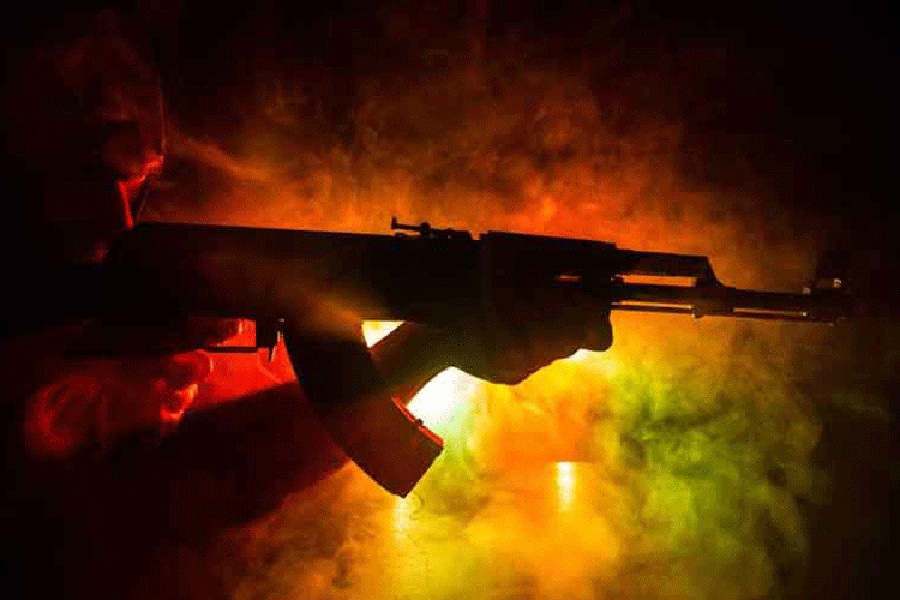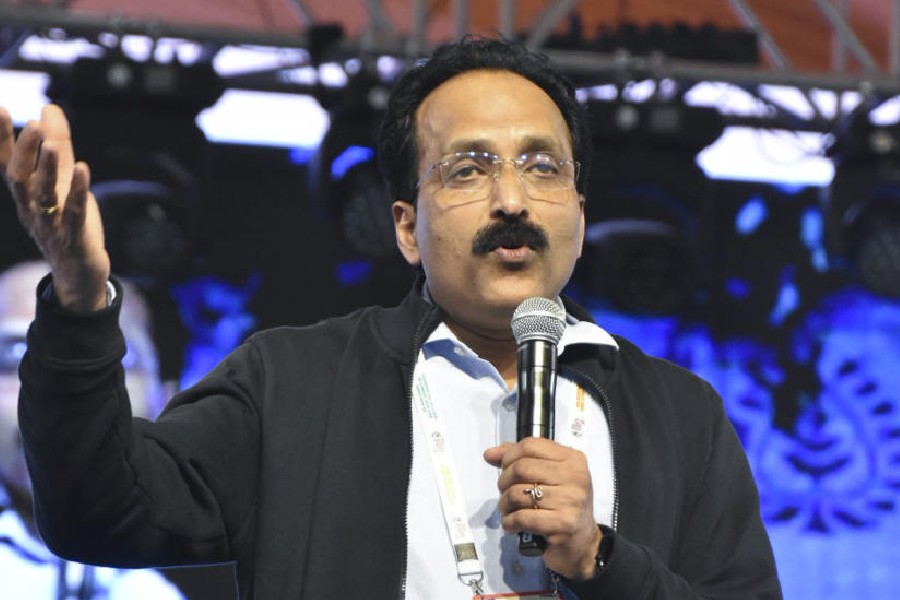CLICK-CLICK BY THE RIVERBANK, CHINESE BREAKFAST AT TIRETTA BAZAR



A group of young, broad-shouldered kabaddi pros gathered at Netaji Indoor Stadium early on Sunday to kick-start a mission to explore the city they would represent over the next couple of months.
Eighteen members of the Pro-Kabaddi League team Bengal Warriors, with which The Telegraph is associated, started their day out from their home ground at 7am, for once devoid of pre-match jitters and pressure. Bleary-eyed and yawning at first, the boys soon got into the groove as they took in the sights and sounds of the city and got an eyeful of the "real Calcutta" many of them didn't know existed.
Their guide for the day was Iftekhar Ahsan of Calcutta Walks, whose insightful commentary on the history and significance of each site made the tour a memorable one for the group of 18. Metro tagged along to record the highlights of the trip.
Calcutta High Court
The history of the high court building fascinated the 18 players as much as its architectural splendour. The story goes that the inspiration for the building came from the Cloth Hall in Ypres, Belgium, which was later destroyed during World War I. Since the blueprint was lost as well, the mayor of Ypres contacted the mayor of Calcutta to ask for the building plan so that the Cloth Hall could be rebuilt. Hence, this became an unparalleled instance of the original structure being reconstructed with the help of the copy.
"Buildings from the British era are still in top-notch condition. But if you build something now, chances are it will be in ruins in 10 years! The high court building has been maintained so well," said defender Vikas Kale as his teammates nodded in agreement.
Raider Mahesh Goud, who is from Madhya Pradesh, was in awe of the majestic building. "It's grand," he said, his eyes panning the façade of the country's oldest high court.
Standing in front of Surya Sen's statue, Iftekhar explained how Calcutta was the epicentre of the freedom movement. Parveen Madanlal thumped Bengal teammate Shyam Kumar Sah's chest and said: "Shyam tu gulam tha, gulam!"
Shyam stood tall, glared at Parveen for a second and then the duo couldn't stop laughing.
Riverbank
The sight of the Hooghly and the Vidyasagar Setu from the Floatel side had the Warriors whipping out their mobile phones to go click-click without a pause. Raider Nitin Madane, from Maharashtra, wasn't satisfied with pictures of himself posing against the backdrop of the "beautiful bridge". He insisted on going near the Howrah bridge next and had to be dissuaded from doing so since that wasn't a part of the itinerary.
The Floatel visit wasn't supposed to happen either but the players said they would like a glimpse of the river since they were so close to it on Old Post Office Street after taking a walk around the high court. Iftekhar of Calcutta Walks smilingly yielded.
On the way to the riverbank, Haryana lad Sunil Jaipal questioned why one flank of Strand Road was concrete and the other had a bitumen top.
On being told that Calcutta Port Trust had built the concrete flank and the Calcutta Municipal Corporation had laid the other strip, Sunil was impressed. "India mein kahin nahin hai aisa (You won't find this anywhere in India)!" he exclaimed.
St. John's Church
The players didn't enter the church. They were taken to see Job Charnock's mausoleum instead, built by his son-in-law Sir Charles Eyre. "Do we have to take our shoes off to enter?" asked Nitin.
Assistant coach B.C. Ramesh was impressed by how the heritage buildings had been maintained. "These buildings are all part of our history. They should be maintained just like this," said the Arjuna winner while looking up at St. John's Church, the third oldest in the city.

Bajirao Hodage listened intently to Iftekhar as he narrated the history of the monument. "I didn't know Calcutta has such grand colonial buildings. There are some in Mumbai as well but not as many as in Calcutta," said the defender from Mumbai, who had visited Calcutta last year too but didn't get the chance to explore the city.
Raj Bhavan & Writers'
When not marvelling at the city's heritage and asking questions, the players would often pull each other's leg. The Maharashtra boys had their moment near Raj Bhavan. When Nitin was explaining something to defender Vikas Kale about the freedom struggle that he had missed, Nilesh Shinde deadpanned: "Nitin knows the subject. Why wouldn't he? His grandfather was British."
A split second of silence and suddenly everyone burst out laughing.
The team walked through Red Cross Place to the area around BBD Bag, where the spectacular Victorian and early 20th century architecture captivated the players. Everyone seemed to like the Royal Insurance Building best.
Guide Iftekhar said there was a rumour that the employees of the Royal Insurance Company were allowed to ride their horses up to their desks, from where the valets would take the animals away. This bit of information amused the team no end.
Captain Dinesh Kumar's eyes lit up when he heard about his namesake Dinesh Gupta, who along with Benoy Basu and Badal Gupta had raided Writers' Buildings and killed the inspector-general of prisons, N.S. Simpson.
Dinesh, an Arjuna winner and former India captain, was seen peering through the railings along Laldighi for a better view of the statues of the men after whom BBD Bag is named.
The mood, however, soon turned light again. "Is it still the same?" Nilesh said with a wink when the players were told that single women from England would sit on the benches around Laldighi while the gents would woo them.
These women, Iftekhar said, were called the "fishing fleet" and those among them who would go back without a husband were branded "returned empty".
Tiretta Bazar
The second-last stop of the morning was the one the players had been looking forward to the most because of the famous Chinese breakfast near Poddar Court. The word "breakfast" provided energy to the famished boys and prompted Sunil Jaipal to say: " Chalo, chalo! Nek kaam mein deri kyun (Come on, why put off something this auspicious)?"
The team was spoilt for choice. The players tucked into steaming plates of fish momo and chicken wonton. Kedar Lal, who comes from a family of fisherfolk in Raigad, Maharashtra, perked up when he saw a long row of fish vendors. "All the other places were so sleepy and quiet. There were hardly any people on the road but this place is so alive," said Kedar, clicking pictures with his smartphone camera.
He sampled some fish momo with teammates Shyam and Manoj. Their verdict? " Badhiya (Excellent)!"
Stomachs filled with Chinese treats, the next stop for the team was a hole-in-the-wall lassi shop. The players relished glasses of chilled lassi and chatted away, discussing all the sights they saw.
Parveen, from Haryana's Jind district, said of the lassi: "This tastes just like home."
And what about the sights of the city? "Calcutta has so much history. It's modern and developed but also old-world. It was great to explore the city and I learnt a lot about it today," said Parveen, who was also fascinated by the sight of trams.
Lalbazar
The players were tired by the time they reached Lalbazar, their last stop, as they had been walking almost non-stop for three hours. They all looked extremely happy to find an inviting sofa and air-conditioning in a lounge on the second floor of the Calcutta police headquarters.
Iftekhar gave each a map of Calcutta that suggested shopping at New Market, tea tasting at Dolly's Tea Shop in Dakshinapan, a sip at Olypub and Broadway, bhelpuri outside Sarat Bose Road and phuchka opposite Max Mueller Bhavan.
The players were going through the map quietly when Shyam discovered a Royal Enfield bike with a life-size dummy of a Calcutta police sergeant on the seat. Cue for another mobile-phone photo shoot. Maharashtrian player Vikas Kale promptly took out the toy gun tucked under the dummy sergeant's belt and pointed it at Sachin Khambe as Hitesh Patel captured the moment on his phone.
At the end of the tour, the team couldn't have been more grateful for the experience. "Calcutta was an important city during British rule. The people of Calcutta worked very hard to drive out the British from the country but they also left their mark behind, as we can see from the many buildings and monuments. All the places were very nice but I enjoyed Lalbazar the best. The police work very hard to keep the city and its people safe and I am glad we ended the tour here," captain Dinesh signed off.


